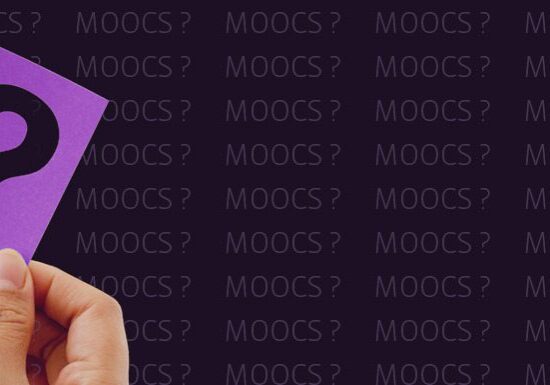Faq About Mooc
Updated: September 26, 2024
Published: May 9, 2013

University of the People, the first tuition-free, online, degree-granting university & MOOCs—the differences explained
University of the People embraces the current trend of online education, be it through a massive open online course (MOOC), UoPeople or any other educational model. The University however does not follow the structure and model of the massive open online courses and thus does not label itself as a MOOC, rather as the world’s first non-profit, degree-granting, tuition-free university. There are three significant distinguishing factors between UoPeople and MOOCs: whether a degree is offered, the class size, and the type of students studying at the institution.
This document is meant to clarify the unique nature of University of the People as well as the differences between UoPeople and the MOOCs (massive open online courses) now proliferating from already established brick and mortar universities.
For more information please see: uopeople.edu
What is University of the People?
University of the People is the first and only non-profit, tuition-free, degree-granting, online university whose mission is to democratize education for all. It is an undergraduate online university, offering Associate and Bachelor degree programs in Business Administration and Computer Science.
Who is eligible to study with UoPeople?
University of the People has three specific admission requirements: students must be over 18 years of age, have a high school diploma and knowledge of English.
What kind of students enroll in UoPeople?
UoPeople students are individuals interested in pursuing an academic degree, but are facing financial, geographic, societal, or personal constraints to study elsewhere. To date, over 1500 students from 136 countries have been accepted to UoPeople.
How many students are there in a typical UoPeople course?
Classes are kept small at around 20-30 students per class in order to maximize student involvement with each other and the instructor. Small class size facilitates global cultural exchange between students as the classes are diverse and consists of students who may not have otherwise met. UoPeople embraces peer-to-peer and collaborative learning to provide university-level programs to a global student body. The global experience of studying alongside students from other countries increases global dialogue and intensifies the learning experience.
What kinds of materials are used in UoPeople courses?
UoPeople courses are based on free Open Educational Resources (OER), which are then further developed for UoPeople’s courses by our course developers. The broadband requirements of UoPeople’s online classes are kept at a minimum in order to enable users around the world with the simplest internet connection to partake in our classes. Utilizing OER instead of IP protected for-cost material is just one of the ways the University keeps costs low and thus is able to offer its degree programs tuition-free.
Is there any kind of additional personal assistance and advising for UoPeople students?
Yes, UoPeople students can access a full suite of support services, including academic advising and more. UoPeople’s aim is to use technology to give students as much personal support as possible.
What is the typical course completion rate for UoPeople?
Typically 85% to 90% of the students complete their studies, per course.
How much does UoPeople cost?
University of the People is a tuition-free, non-profit institution. The University does not charge students to take classes, does not charge for any reading and other study materials, as well as does not charge for annual enrollment. In order to remain sustainable, the university charges small processing fees for application and assessments based on the applicant’s place of residence. Scholarships are available so that no student is turned away, even regarding these nominal fees.
What is the business structure of UoPeople?
UoPeople is a not-for-profit organization whose business model will make it sustainable by 2015. It operates with a package of support from philanthropists, volunteers, socially minded businesses and minimal student fees.
MOOCs and how they are different from University of the People
Who is eligible to study through MOOCs?
MOOCs are generally open to anyone interested in taking the course, without any entrance requirements.
What kind of students enrolls in MOOCs?
Over 70% of the students hold a bachelor or higher academic degree, the rest are mainly current students of other institutions, looking to study with a specific instructor, or professionals looking for enrichment in a topic.
How many students are there in a typical MOOC course?
There are often tens of thousands to hundreds of thousands of students per classroom. Because of the large number of students in a MOOC course, students do not often collaborate or discuss the materials with one another. Instead they tend to study on their own.
What kinds of materials are used in MOOC courses?
MOOCs courses are mostly taught with IP-protected materials, or materials that cannot be further developed or come at a high cost.
What can students achieve through their MOOC courses?
MOOC courses tend to be stand-alone and do not lead to the completion of an entire MOOC-based degree
Is there any kind of additional support for MOOC students?
No, MOOC students do not have additional academic or student support help available to them.
What is the typical course completion rate for MOOCs?
Typically about 10% or less of the students enrolled complete each course.
How much do MOOCs cost?
Most MOOCs are free, though some models are beginning to charge for acknowledgement certificates.
What is the business structure of MOOCs?
Some MOOCs are for profit initiatives, and others are not-for-profit.
